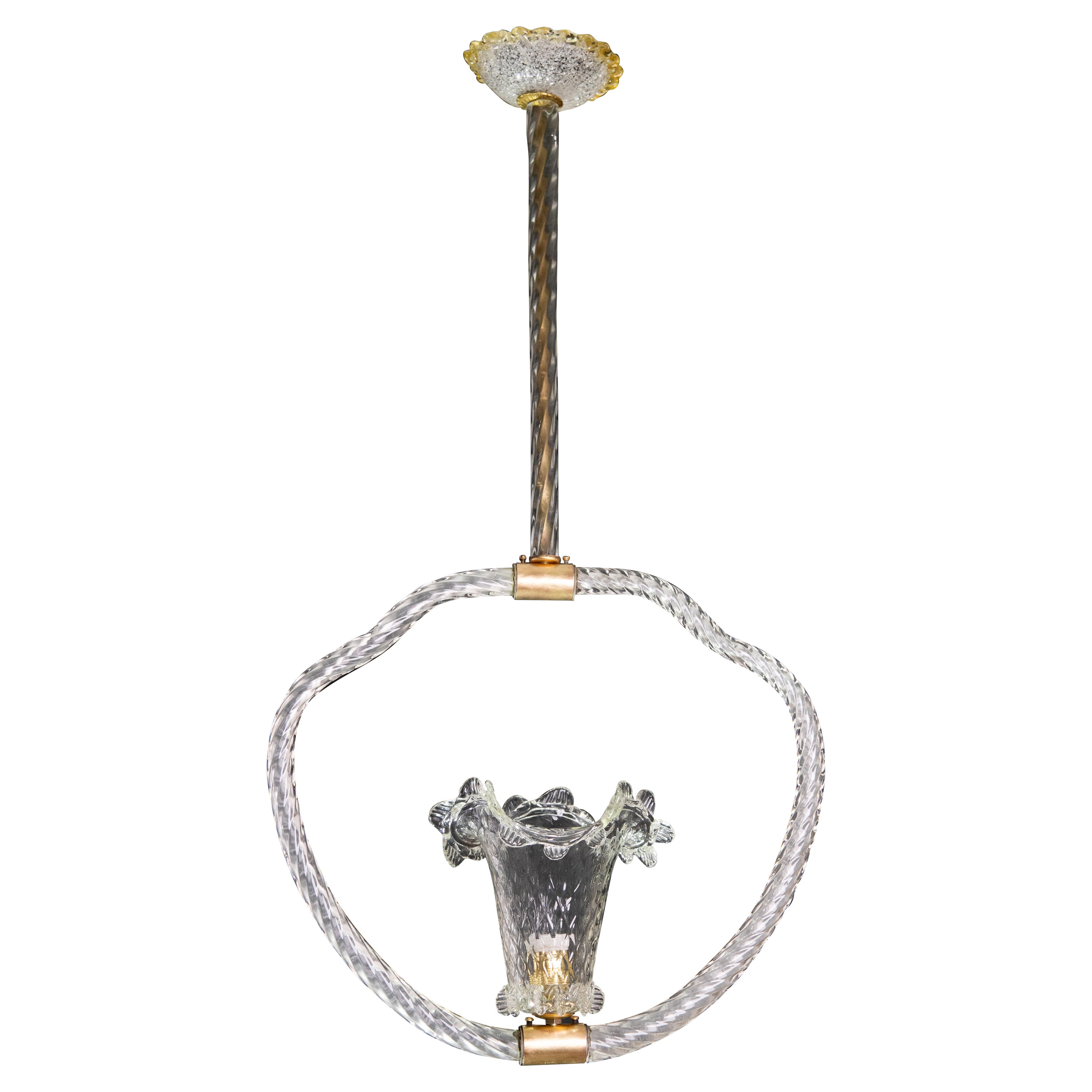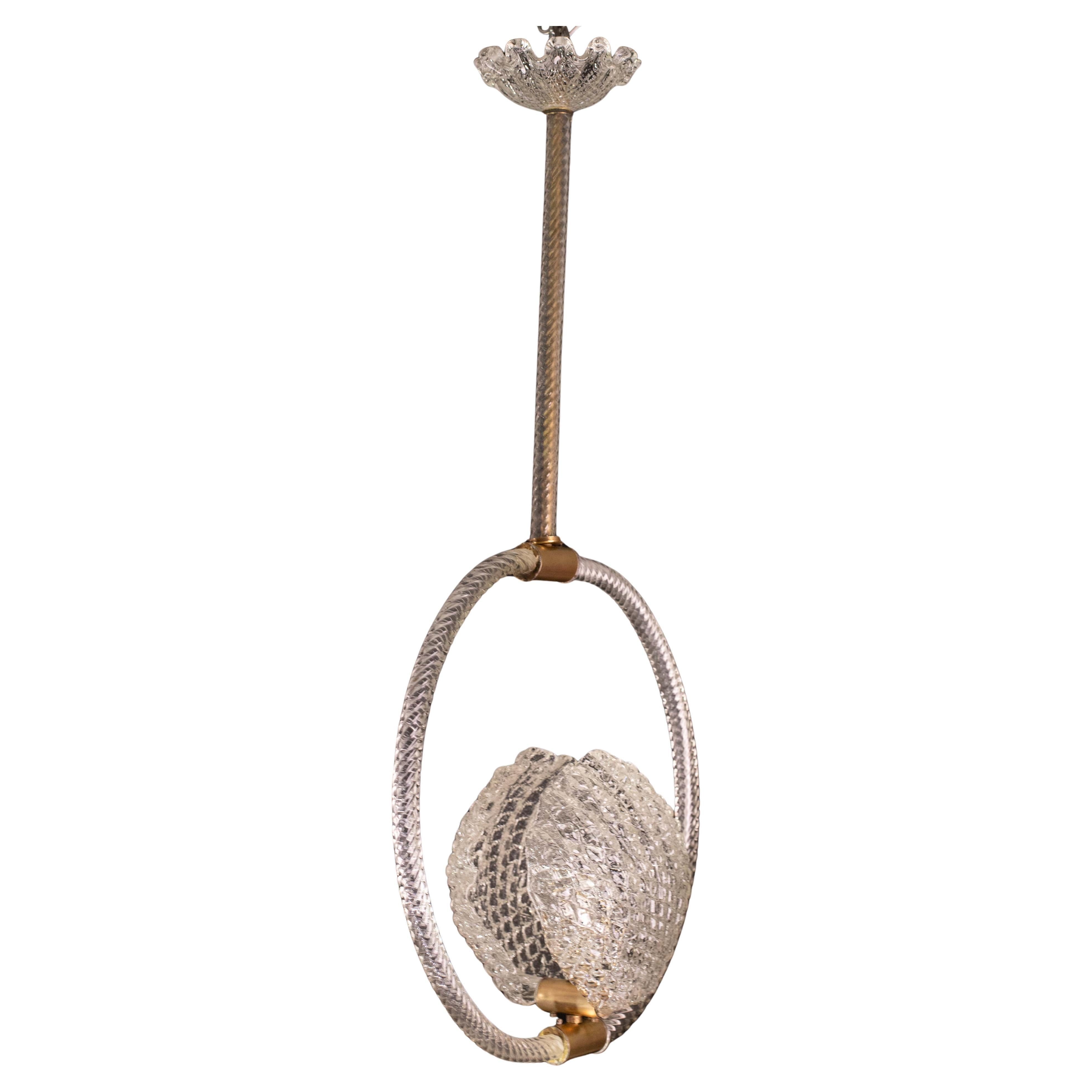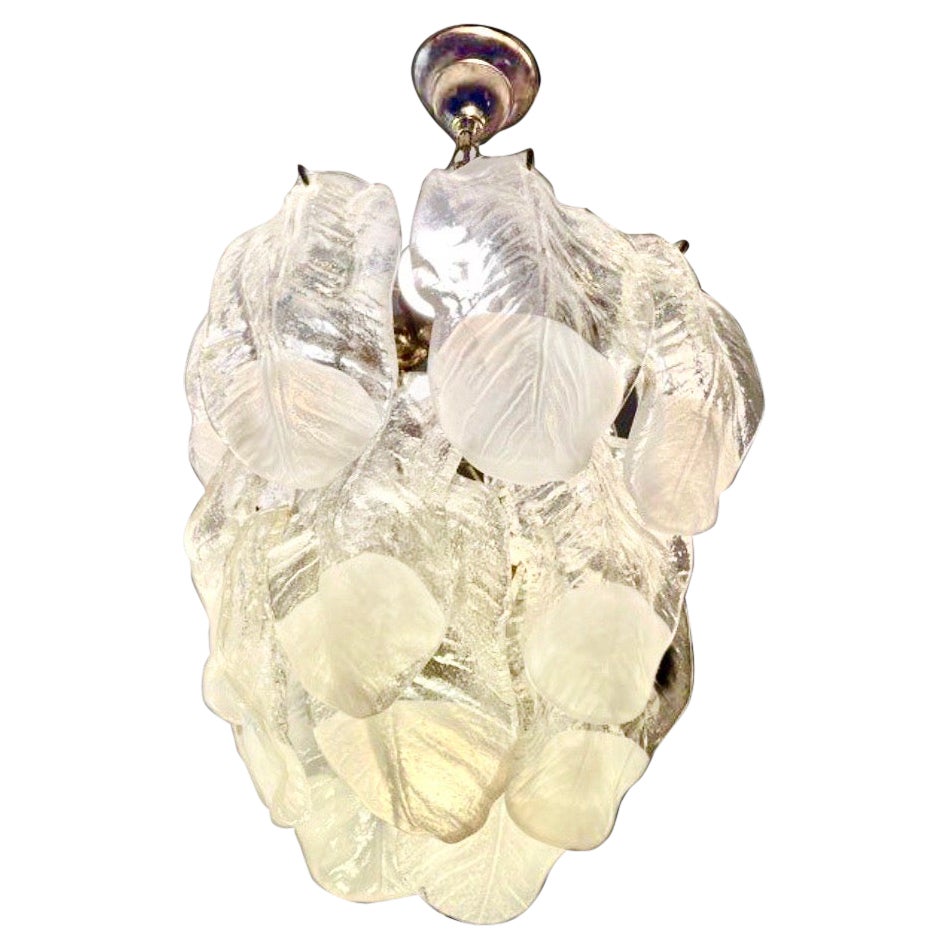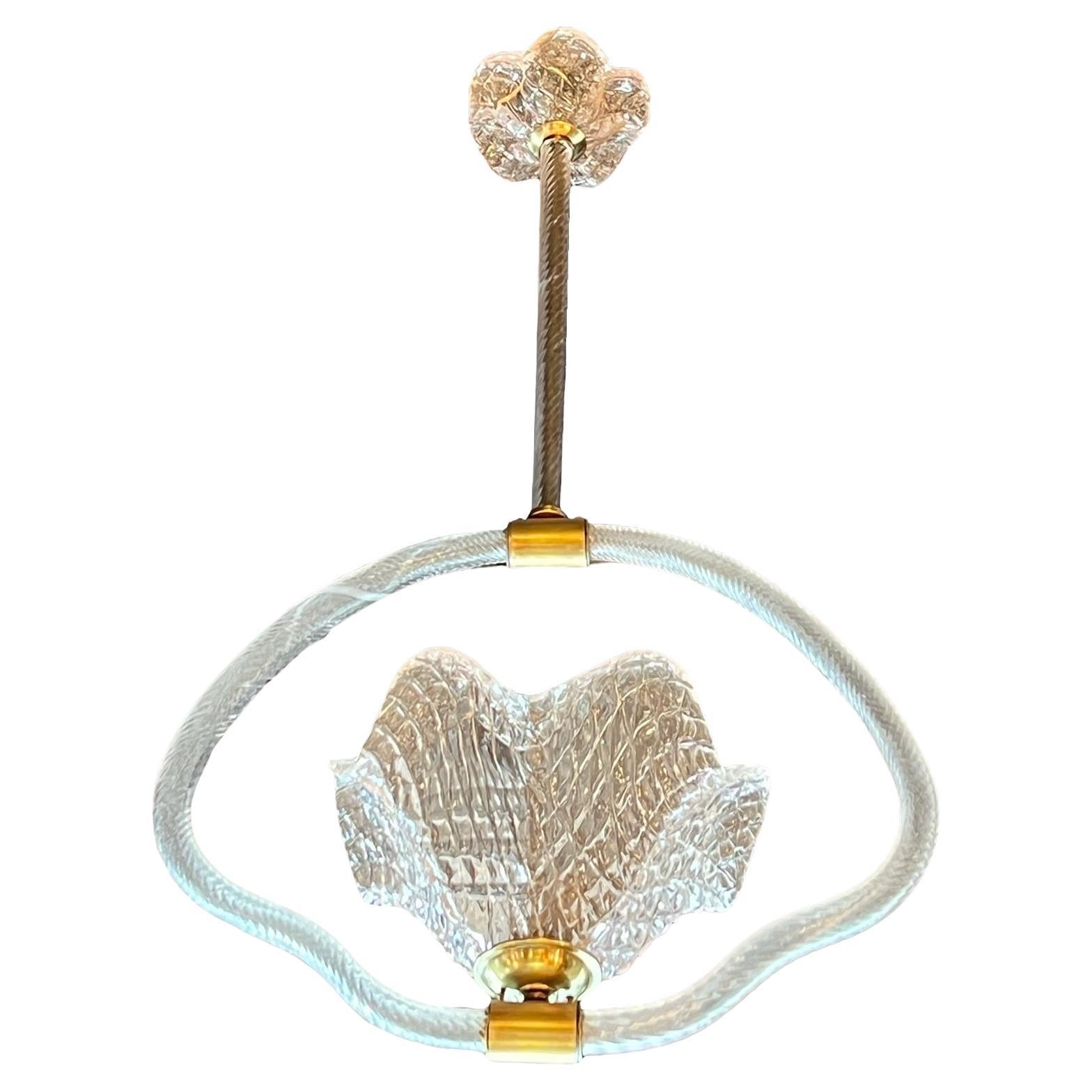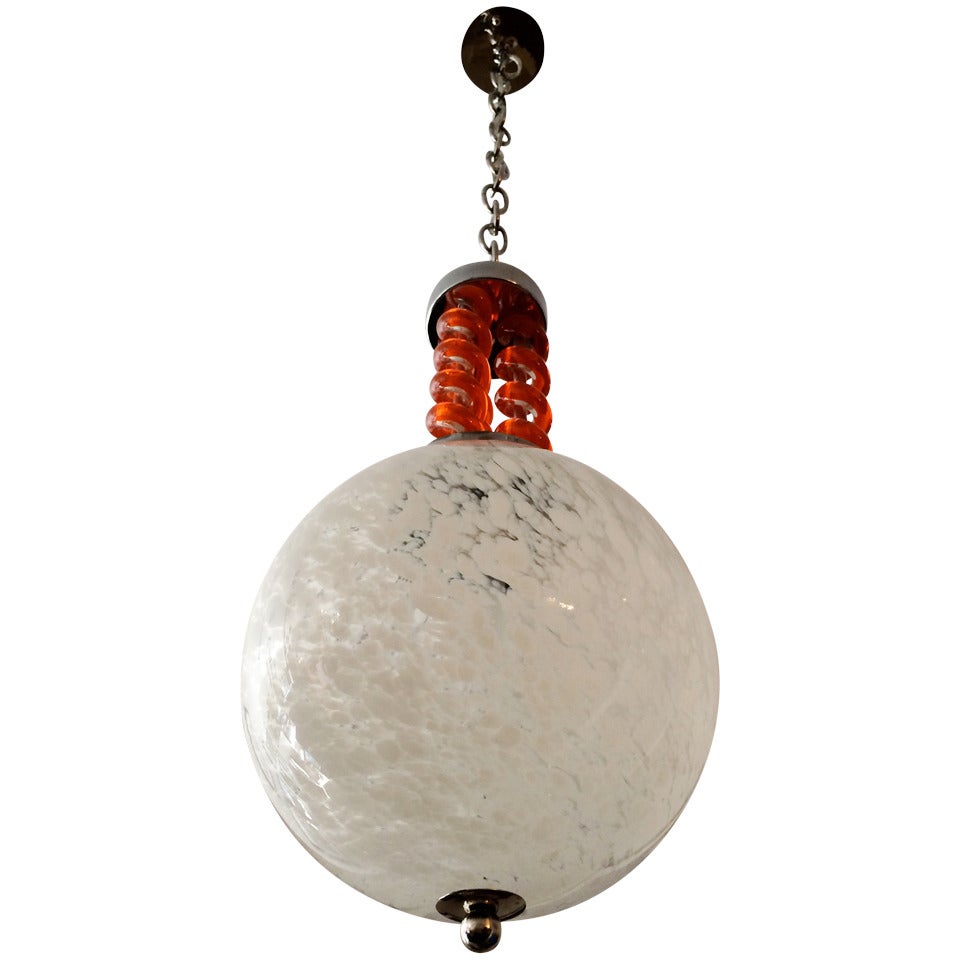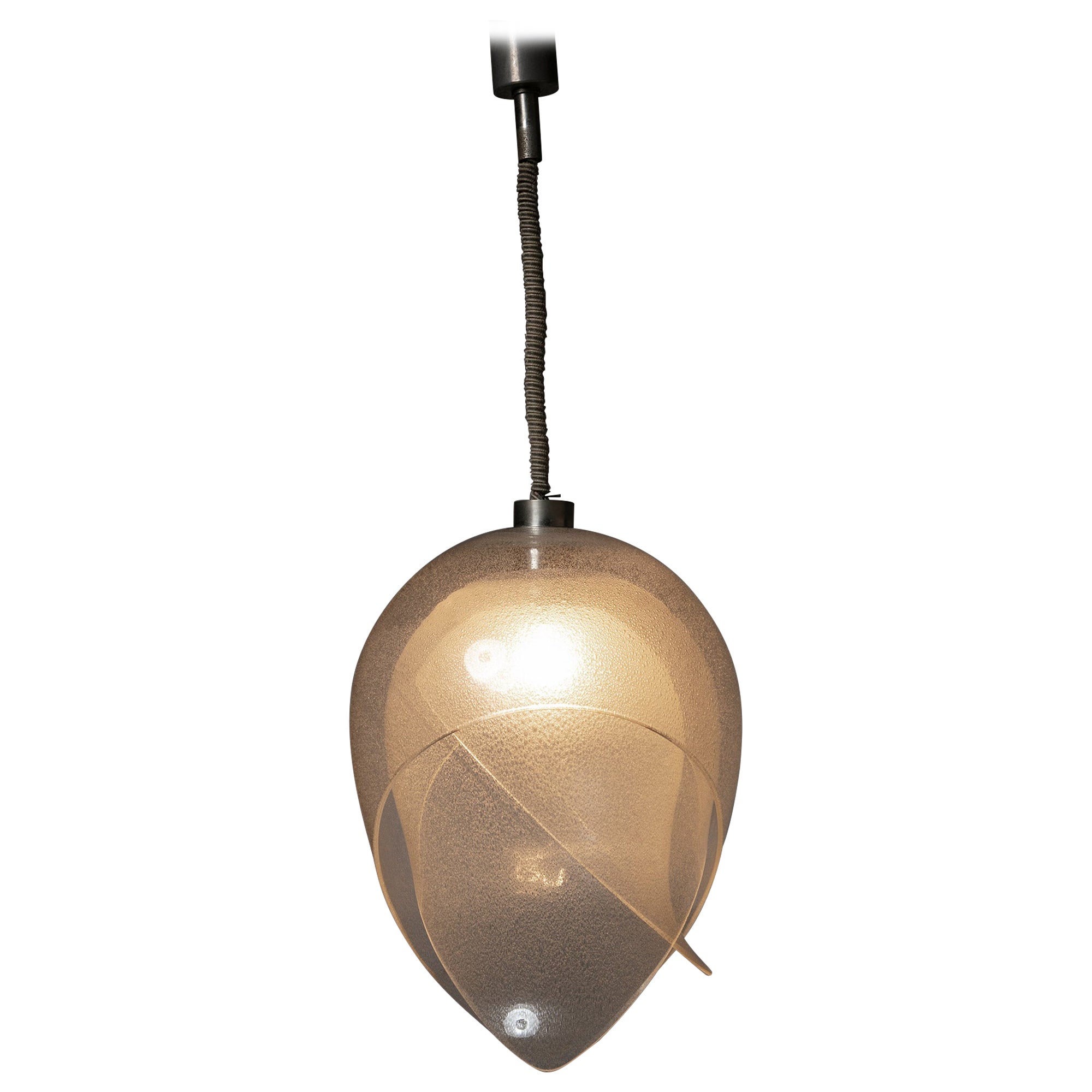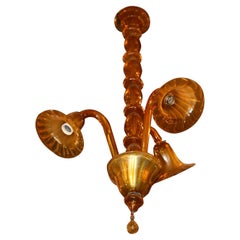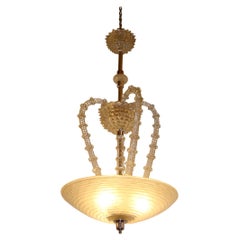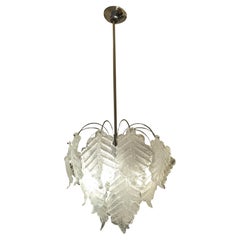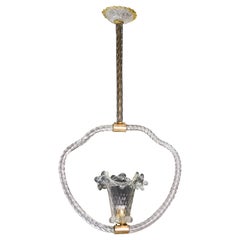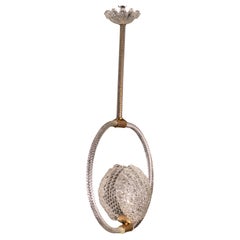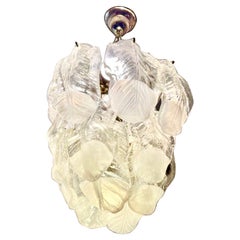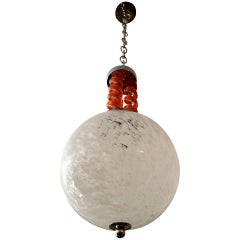Items Similar to Chandelier in Murano and Bronze, 1950, Italian Sign : Mazzega Murano
Video Loading
Want more images or videos?
Request additional images or videos from the seller
1 of 19
Chandelier in Murano and Bronze, 1950, Italian Sign : Mazzega Murano
$11,255
£8,546.19
€9,773.20
CA$15,724.87
A$17,489.48
CHF 9,132.47
MX$212,828.43
NOK 116,635.52
SEK 109,383.54
DKK 72,941.17
Shipping
Retrieving quote...The 1stDibs Promise:
Authenticity Guarantee,
Money-Back Guarantee,
24-Hour Cancellation
About the Item
Hanging lamp
Material: bronze, Murano
Style: Art Deco
Country: Italy.
To take care of your property and the lives of our customers, the new wiring has been done.
If you want to live in the golden years, this is the lighting that your project needs.
We have specialized in the sale of Art Deco and Art Nouveau and Vintage styles since 1982. If you have any questions we are at your disposal.
Pushing the button that reads 'View All From Seller'. And you can see more objects to the style for sale.
Mazzega
Nel panorama internazionale del “vetro d’arte”, la vetreria Mazzega srl rappresenta ancora oggi, alla soglia del terzo millennio, un’attività artigianale e manifatturiera d’assoluta eccellenza. E’ erede diretta della storica Mazzega IVR che fu artefice, dalla metà degli anni ’50, di un profondo rinnovamento artistico e concettuale nel campo della produzione di Vetri artistici a Murano.
E’ di quel periodo la collaborazione con gli artisti della Fucina Degli Angeli che annovera nelle Sue file, una raffinata e cosmopolita élite del mondo dell’arte europea del Novecento: da Marc Chagall a Pablo Picasso, da Giò Ponti a Georges Braque e a Jean Cocteau, da Fulvio Bianconi a Carlo Scarpa.
Oggi la vetreria Mazzega srl accoglie nelle Sue prestigiose collezioni permanenti quanto di meglio viene prodotto a Murano. Nei suoi eleganti spazi espositivi, un personale altamente professionale e qualificato, è a disposizione della clientela internazionale, nel fornire assistenza per la scelta tra una produzione di altissima gamma, che ha nei lampadari di qualsiasi misura e stile, negli specchi, nei servizi di bicchieri e nelle straordinarie sculture a “massello” le punte di un “made in Murano” riconosciuto ed apprezzato in tutto il mondo.
Why are there so many antiques in Argentina?
In the 1880 – 1940 there was a grate wave of immigration encouraged by the periods of war that were taking place.
1st World War took place between 1914 and 1918
2nd World War took place between 1939 and 1945
The immigrants options were New York or Buenos Aires. Tickets were cheap and in Buenos Aires they were welcomed with open arms, as it was a country where everything was still to be done.
Argentina was the country of new opportunities, labour was needed and religious freedom was assured, in many cases the of the family travel first until they were settled and then the rest of the family members join them.
In the immigrant museum “Ellis Island Immigrant Building” in New York you can see the promotional posters of the boats that would take them to a new life.
Between the years 1895 and 1896, Argentina had the highest DGP (gross domestic product) per capita in the world according to the Maddison Historical Statistics index, this situation arose due to the large amount of food being exported to European countries, which were at war.
The Argentinean ships left the port of Buenos Aires with food, but they returned with furniture, clothes and construction elements, (it´s common to see this the old buildings of the historic neighbourhood of San Telmo, the beams with the inscription “Made in England)”, as well as many markets that were built in Buenos Aires, such us the San Telmo Market, whose structure was brought by ship and afterwards assembled in 900 Defensa Street.
With the great influence of European immigrants living in the country, the children of the upper classes travelled to study in France, resulting in the inauguration of “La Maison Argentinienne”, on 27th of June 1928, in the international city of Paris, which hosted many Argentinians that were studying in Frace.
It´s the fourth house to be built after France, Canada and Belgium, being the first Spanish-speaking one. Still in place today (17 Bd Jourdan, 75014, Paris, France). Many of the children of these wealthy families who attended international art exhibitions, museums and art courses abroad, took a keen interest in the European style. This is why Buenos Aires was at the time referred as “The Paris of South America”.
Between the years 1890 and 1920 more than a hundred Palaces were built on Alvear Avenue the most exclusive avenue in Buenos Aires. Today some of these palaces have been transformed into museums, hotels and embassies.
In the year 1936, the Kavanagh building was inaugurated, it was the tallest reinforced concrete building in South America.
During 1994 the American Society of Civil Engineers distinguished it as an “international engineering milestone”, and it´s now considered a World Heritage of Modern Architecture.
At the time was common to hire foreign architects such as Le Corbusier, who visited Buenos Aires/Argentina in 1929 and in 1948 he drew up the blueprints for a house built in La Plata City (which was declared a World Heritage Site).
In 1947, the Hungarian architect Marcelo Breuer designed “Parador Ariston” in the seaside city of Mar del Plata. After an Argentinean student at Harvard University convinced him to come to Argentina. He worked on an urban development project in the Casa Amarilla, area of La Boca.
The Ukrainian architect, Vladimiro Acosta, arrives in Argentina in 1928 and worked as an architect until que moved to Brazil.
Antonio Bonet, a Spanish architect who worked with Le Corbusier in Paris, arrives in Argentina in 1937, where he carried out several architectural works and in 1938 designs the well-known BFK chair.
Andres Kálnay, of Hungarian origin, made around 120 architectural masterpieces, among which the former Munich brewery stands out, he even made the furniture’s design.
The German architect, Walter Gropius, director of the Bauhaus, lived in Argentina, where he wrote articles for “Sur” magazine and founded in Buenos Aires, an architectural firm with Franz Möller, who was also an architect, where he built two houses.
At the same time several famous designers decided to immigrate to Argentina, among them we can find the well-known French designer, Jean-Michel Frank, who arrived in the country in 1940 and also worked for the Rockefeller family.
Special pieces were made, which were sold exclusively in the country, such as the well-known German company “WMF”, who sold their products by catalogue, which were chosen by the ladies of High Society in the list of wedding gifts, as well as the pieces designed by Christofle.
The Swiss sculptor Alberto Giacometti, made special pieces for Argentinean mansions.
In 1904 the first Jansen branch outside Paris was established in Buenos Aires, as the Argentinean clientele demanded a large amount of furniture, from the end of the 19th century to the mid-20th century.
In 1970, the brand Rigolleau Argentina made pieces authorised by Lalique.
The brands Maple and Thompson also set up shop in the country.
The French plastic artist, Marcel Duchamp moved to Argentina in 1918-1919.
Glass signed Gallé, Charder, Leverre, Schneider, Muller and other French firms. They were bought in flower shops and were given to ladies with beautiful floral arrangements.
Some furniture manufacturers travelled to international fairs and bough the patterns to produce the furniture in Argentina, such as the furniture firm Englander and Bonta, who bought the patterns in Italy.
It is worth mentioning that in Argentina we have the largest Community of Italians outside of Italy, as it is estimated that 70 percent of the inhabitants have at least one Italian descendant, followed by Spanish immigrants.
The most Important furniture stores in Argentina:
Comte is founded in 1934 (under the direct management of Jean Michel Frank in 1940).
Nordiska (Swedish company established in 1934).
Churba in 1960, a company that brought foreign designers to present their furniture in the country:
Denmark: (Arne Jacobsen, Finn Juhl, Bender Madsen, Ejner Larsen, Poul Kjaerholm, Hans Wegner)
Sweden: (Hans Agne Jakobsson, Gustavsberg)
United States: (Herman Miller)
Finland: (Lisa Johansson, Folke Arstrom, Tapio Wirkkala, Alvar Aalto, Timo Sarpaneva)
Swedish Factory: (Orrefors)
Italy: (Littala, Vico Magistretti, Emma Gismondi, Gae Aulenti, Angelo Mangiarotti, Elio Martinelli, Gianna Celada, Angelo Mangiarotti, Mario Bellini, Carlo Scarpa)
Finland: (Olivia Toikka)
Plata Lappas (Lappas Silver): a goldsmith shop founded in 1887 in Argentina by Alcibiades Lappas of Greek origin.
In 2019, in Argentina took place “the Art Deco world congress”, in which we participated as hosts invited by Geo Darder, founder of the Copperbridge – Foundation, in which prominent people from all over the world attended to learn about Art Deco in Argentina.
Argentina currently has more than 100 Art Deco buildings and another 90 Art Nouveau buildings throughout the city of Buenos Aires.
Argentina is a country that has not been involved in many wars, which is why it has been a refuge for works of art and antiques from different periods of time, unlike European countries. That is way many collectors, museums and antique dealers from all over the world visit it, you should not miss the opportunity to visit this great country.
Laura Guevara Kjuder, architect.
- Creator:Mazzega (Designer)
- Dimensions:Height: 23.63 in (60 cm)Width: 15.75 in (40 cm)Depth: 7.88 in (20 cm)
- Power Source:Plug-in
- Voltage:220-240v
- Lampshade:Included
- Style:Space Age (Of the Period)
- Materials and Techniques:
- Place of Origin:
- Period:
- Date of Manufacture:1950
- Condition:Rewired. Wear consistent with age and use.
- Seller Location:Ciudad Autónoma Buenos Aires, AR
- Reference Number:Seller: L-FL-5151stDibs: LU6785232919862
About the Seller
5.0
Vetted Professional Seller
Every seller passes strict standards for authenticity and reliability
Established in 1982
1stDibs seller since 2022
37 sales on 1stDibs
Typical response time: <1 hour
- ShippingRetrieving quote...Shipping from: Ciudad Autónoma Buenos Aires, Argentina
- Return Policy
Authenticity Guarantee
In the unlikely event there’s an issue with an item’s authenticity, contact us within 1 year for a full refund. DetailsMoney-Back Guarantee
If your item is not as described, is damaged in transit, or does not arrive, contact us within 7 days for a full refund. Details24-Hour Cancellation
You have a 24-hour grace period in which to reconsider your purchase, with no questions asked.Vetted Professional Sellers
Our world-class sellers must adhere to strict standards for service and quality, maintaining the integrity of our listings.Price-Match Guarantee
If you find that a seller listed the same item for a lower price elsewhere, we’ll match it.Trusted Global Delivery
Our best-in-class carrier network provides specialized shipping options worldwide, including custom delivery.More From This Seller
View AllChandelier in Murano and Bronze, Style, Art Deco, 1920, Italian
Located in Ciudad Autónoma Buenos Aires, C
Hanging lamp
Material: bronze, Murano
Style: Art Deco
Country: Italy
To take care of your property and the lives of our customers, the new wiring has been done.
If you want to live ...
Category
Vintage 1920s Italian Art Deco Chandeliers and Pendants
Materials
Bronze
Beautiful Art Deco Hanging Lamp, 1930, Italian, Material in Murano
Located in Ciudad Autónoma Buenos Aires, C
Hanging Lamp
Material: Murano
Style: Art Deco
Country: Italy
To take care of your property and the lives of our customers, the new wiring has been done.
If you want to live in the g...
Category
Vintage 1930s Italian Art Deco Chandeliers and Pendants
Materials
Murano Glass
Chandelier in Murano Attributed to Venini Style, Art Deco, 1920
By Venini
Located in Ciudad Autónoma Buenos Aires, C
Hanging lamp
Material: Murano
Style: Art Deco
Country: Italian
If you want to live in the golden years, this is the lighting that your project needs.
We have specialized in the sal...
Category
Vintage 1920s Italian Art Deco Chandeliers and Pendants
Materials
Murano Glass
Italian Chandelier in Murano and Chrome, 1950
Located in Ciudad Autónoma Buenos Aires, C
Hanging lamp.
Material: Chrome, murano
Style: 1950
Country: Italian
To take care of your property and the lives of our customers, the new wiring has been done.
We have specialized i...
Category
Vintage 1950s Italian Space Age Chandeliers and Pendants
Materials
Chrome
Monumental Chandelier in Murano and chrome, 50°, Italian
Located in Ciudad Autónoma Buenos Aires, C
Hanging lamp
Material: chrome, murano
Style: 50
Country: Italian
To take care of your property and the lives of our customers, the new wiring has been done.
We have specialized in t...
Category
Vintage 1950s Italian Space Age Chandeliers and Pendants
Materials
Chrome
Art Deco Hanging Lamp in Chrome and Murano, italian, 1940
Located in Ciudad Autónoma Buenos Aires, C
Hanging lamp.
Material: Chrome and alabaster
Style: Art Deco
Country: Italy
To take care of your property and the lives of our customers, the new wiring has been done.
We have speci...
Category
Vintage 1940s Italian Art Deco Chandeliers and Pendants
Materials
Chrome
You May Also Like
Pretty Art Deco Barovier & Toso Pendant Light Murano Glass, 1940
Located in Roma, IT
Splendid Art Deco style pendant made by the Barovier & Toso glassworks in the 1940s-1950s. The chandelier is 90cm high with the rod, 48cm wide. Mount an E27 light.
Category
Vintage 1940s Chandeliers and Pendants
Materials
Murano Glass
$1,341 Sale Price
20% Off
Midcentury Shell Trasparent Murano Glass Chandelier by Barovier e Toso, 1940s
By Barovier&Toso
Located in Roma, IT
Stunning Murano chandelier by artist Barovier e Toso with murano glass.
The pendant consists of 5 glass elements and a brass structure, with the shape of a shell.
It mounts a Europea...
Category
Vintage 1940s European Chandeliers and Pendants
Materials
Murano Glass
$1,533 Sale Price
20% Off
Murano glass chandelier - Mazzega - Italy, Venice - 1970
By Mazzega
Located in Beuzevillette, FR
Superb Murano glass chandelier. The glass is cut by hand in the shape of leaves.
The chandelier consists of a golden metal structure and 24 sheets of translucent and pearly Murano gl...
Category
Vintage 1960s Italian Chandeliers and Pendants
Materials
Metal
1970s Mazzega Pendant
By Mazzega
Located in New York, NY
A 1970s Italian Murano glass "Space Age" pendant composed of a handblown cloud glass globe shade and orange spiral glass elements of a polished chrome frame. Rewired.
Category
Vintage 1970s Italian Mid-Century Modern Chandeliers and Pendants
Materials
Chrome
$1,995
Murano Glass Chandelier by Mazzega, Italy, 1970s
By AVMazzega
Located in Milan, IT
Murano glass chandelier by AV Mazzega.
Three nesting glass shells create a blossoming glass sculpture.
Category
Vintage 1970s Italian Chandeliers and Pendants
Materials
Murano Glass
TONI ZUCCHERI chandelier MURANO GLASS BRASS 1960. ITALIA
By Toni Zuccheri
Located in Milano, IT
BELLISSIMO LAMPADARIO 1 LUCE IN VETRO DI MURANO E OTTONE DI TONI ZUCCHERI DEL 1960 ITALY...PROVENIENTE da una casa Milano
Category
Vintage 1960s Italian Other Chandeliers and Pendants
Materials
Murano Glass
More Ways To Browse
Worth And Company
Vintage Ladies Room Sign
1920s Murano
19th Century Murano Art Glass
Murano Boat
Murano Glass Boat
Murano Lamp With Bronze
Vetri Murano Chandelier
Vintage Chandelier Made In Spain
E Bellini
Italian Gold Floral Lamp
E Thompson
70s Bronze Lamps
Chandelier Murano 1920
Jean Michel Frank Pendant
Murano Glass Chandelier 1920
Bauhaus Hanging Lamp
Murano Chandelier Branch
